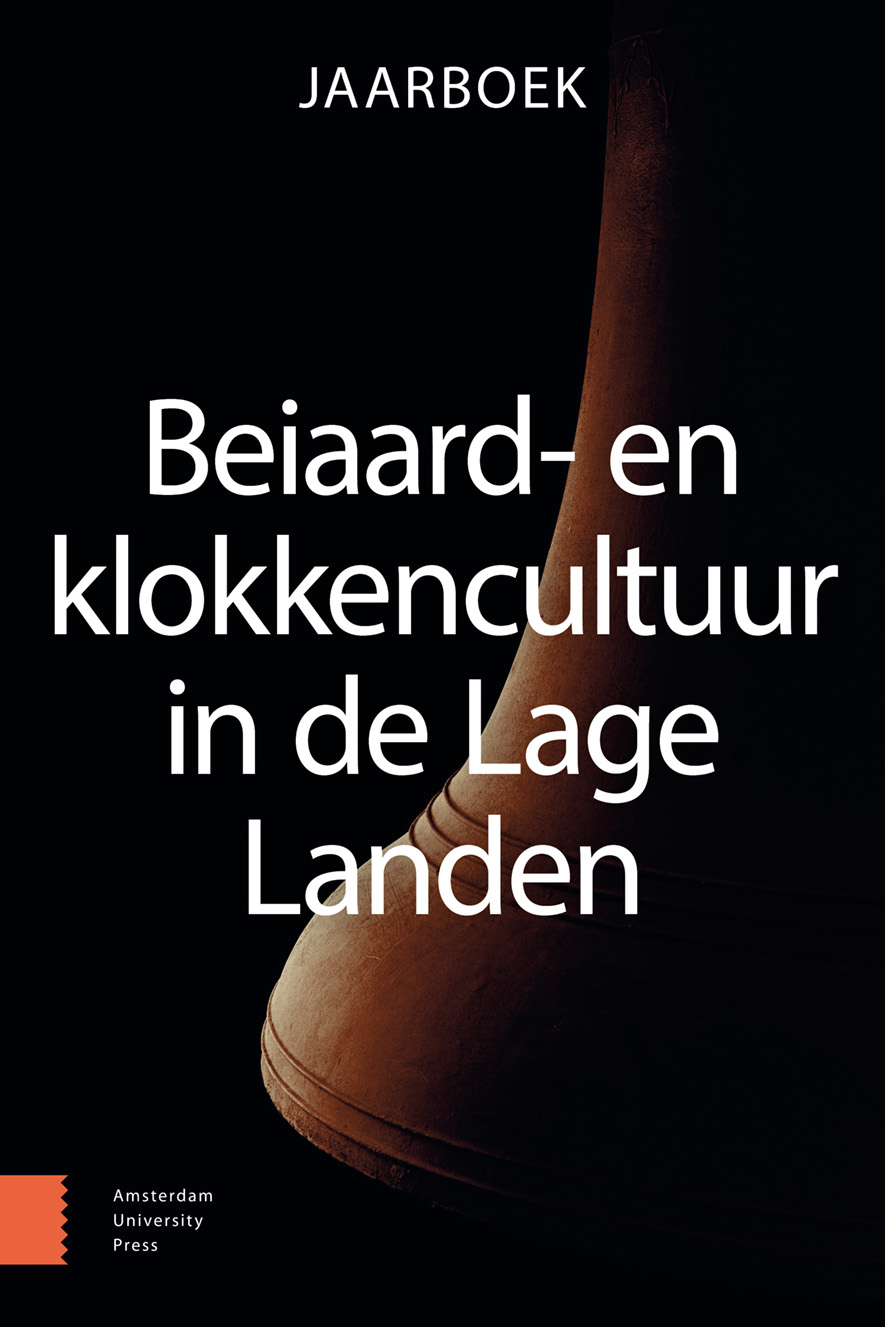- Home
- A-Z Publications
- Carillon and Bell Culture in the Low Countries
- Previous Issues
- Volume 1, Issue 1, 2022
Carillon and Bell Culture in the Low Countries - Volume 1, Issue 1, 2022
Volume 1, Issue 1, 2022
Language:
English
-
-
Wellbeing, placemaking and carillon culture: connecting with our audiences
More LessAuthors: Grace Chan & Anna WongAbstract Wellbeing is a public health concept that is increasingly considered in government policy and decision making. Placemaking is an urban planning concept that looks at building human connections to a site. A sense of place and belonging is important to human wellbeing. Carillons are sensory and physical focal points within a public place and can therefore have a unique role in bolstering wellbeing parameters such as Read More
-
-
-
100 years Royal Carillon School ‘Jef Denyn’
More LessAuthors: Koen Cosaert & François van der JeughtAbstract Several aspects of the history of the origin and development of the Mechelen Carillon School – the first, oldest and largest carillon school in the world – have already been described from various perspectives in numerous publications.1 Yet, a complete overview of the past 100 years is still lacking, and recent research has also revealed new aspects about the founding. The beginning of this school was a milestone in the Read More
-
-
-
Automatische beiaarden: bron voor een historisch geïnformeerde uitvoeringspraktijk?
More LessSamenvatting Uit onderzoek naar de musiceerpraktijk van beiaardiers in de zeventiende en achttiende eeuw blijkt dat automatische beiaarden een interessante informatiebron vormen voor de uitvoering van zowel het historisch beiaardrepertoire als van historische klaviermuziek in het algemeen.1 Een belangrijke vaststelling was dat ‘versteken’ (bewerkingen voor de beiaardautomaat) heel wat informatie bevatten die r Read More
-
-
-
The origins, development, and legacy of Elgar’s Memorial Chimes (1923)
More LessAbstract Elgar’s Memorial Chimes (1923) has become canonical in carillon repertoire as an early idiomatic work by a composer prominent within the broader musical community. Despite this, the origins of the work are poorly understood. This article explores the development and legacy of this important musical work for carillon, particularly the essential role of the English campanologist William Wooding Starmer in its incep Read More
-
-
-
Daniel Robins (1937-1970): portret van een beiaardier in het kader van zijn tijd
More LessSamenvatting De Amerikaan Daniel Robins was in de jaren zestig van de twintigste eeuw een prominent en innovatief beiaardier. Als fulltime beiaardier aan de Universiteit van Chicago, Illinois bespeelde hij het carillon van de Rockefeller Chapel. Hij beschouwde het carillon als een concertinstrument dat hij uit de volksmuziek wilde optillen naar de serieuze muziek, zoals Andres Segovia dat voor de gitaar had gedaan Read More
-
Volumes & issues
Most Read This Month
Article
content/journals/27728072
Journal
10
5
false
en


